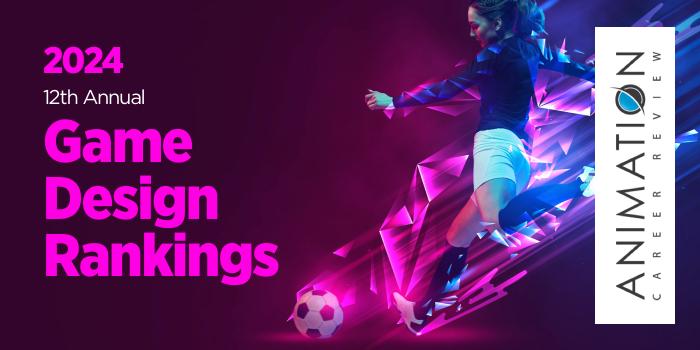The Scott M. Smith College of Engineering and Technology (CET) at Utah Valley University (UVU) serves more than 6,100 students, enrolled in over 90 technology programs across 11 departments. Within the CET is a Digital Media (DGM) Department that has an Animation and Game Development program that consists of courses led by game designers from places such as DreamWorks and Electronic Arts (EA).
Leading to a BS, the Animation and Game Development program provides opportunities to participate in game conferences and associations, which helps students stay current with industry practices, tools, and techniques. Examples include the Game Developers Conference, Immerse Global Summit (Miami, Orlando, Europe), the Digital Animation and Games Association (DAGA), and The Interservice/Industry Training, Simulation and Education Conference.
The Animation and Game BS consists of 120 credit hours and three track options. Tracks require 45 credit hours and include: 2D, 3D, and Extended Reality and Simulations. All options are cohort-based and require course such as 3D Modeling and Animation; Animation and Game Production Lab I-II; Character Development; Digital Lecture Series; Advanced Character Rigging; and Animation Story Development.
The 3D track focuses on Modeling, Rigging, and Scripting. Students in this track will take many of the same courses as students in the 2D track, as well as Scripting for Animation and Games I and II; Game Development I, II, and III; Fundamentals of Programming; and Advanced Technical Direction I-II. 3D students will produce both group and individual titles throughout the program. Graduates are prepared to pursue careers in animation and games production.
The Extended Reality and Simulations track combines game development and mixed reality. Course examples include Game Development I-II; Mixed Reality Experiences I-II; Special Topics in Animation and Game Development (Visual Scripting); Digital Design Essentials; and Special Topics in Web Design and Development (Materials, Textures, and Lighting). Graduates are prepared to pursue roles in game design and development, mixed and extended reality (augmented reality-AR, mixed reality-MR, and virtual reality-VR).
Recognized as an Animation Center of Excellence by Toon Boom, the 2D track focuses on Animation, Character Rigging, and Compositing. Course examples include Animation Essentials Lab; Digital Storyboarding; Advanced Technical Direction I and II; Performance Animation; Compositing; and Studio Technology Essentials. 2D graduates are prepared to pursue careers in animation production, game art, and more.
The culminating experience for the Animation and Game Development BS is the Senior Capstone. Students will develop real-world projects, individually and as part of a team, in consultation with a faculty advisor. This course may be repeated for a maximum of six credits towards graduation.
Graduates of the Animation and Game Development program at UVU are prepared to pursue careers in all areas of animation and games, advertising, architecture, science and medicine, aerospace, legal, government, health, education, and more. Program alumni have been hired at places such as Industrial Light & Magic (ILM), Amazon, Northrop Grumman, ArenaNet, Gearbox Software, and Tektonux.
Utah Valley University was established in 1941 as Central Utah Vocational School (CUVS). The school’s primary function was to provide war production training. Today, UVU serves a record 44,653 students making it the largest public university in the state. The school provides more than 200 degree and certificate programs across eight colleges and schools. Utah Valley University is accredited by the Northwest Commission on Colleges and Universities (NWCCU).




